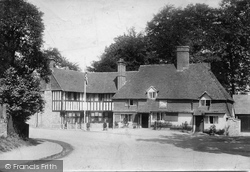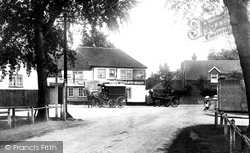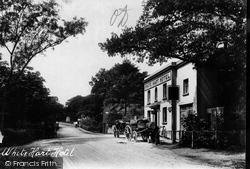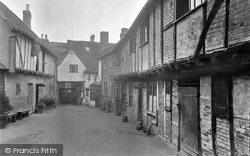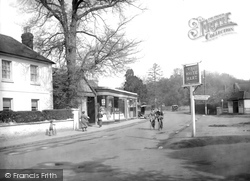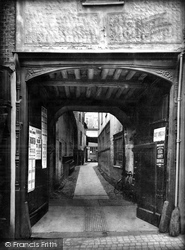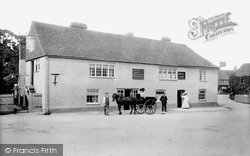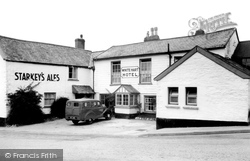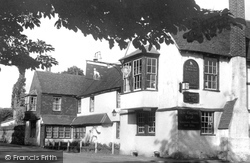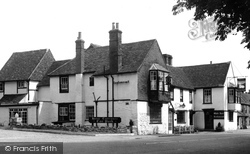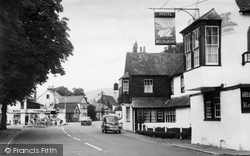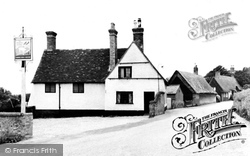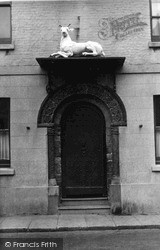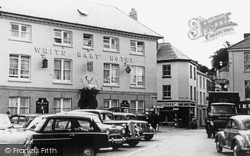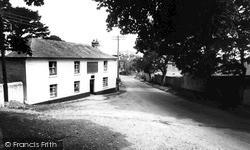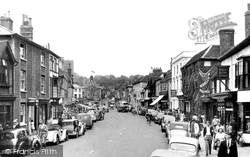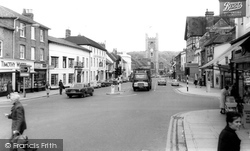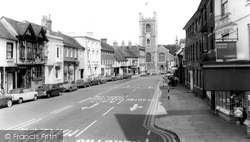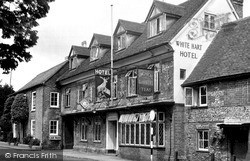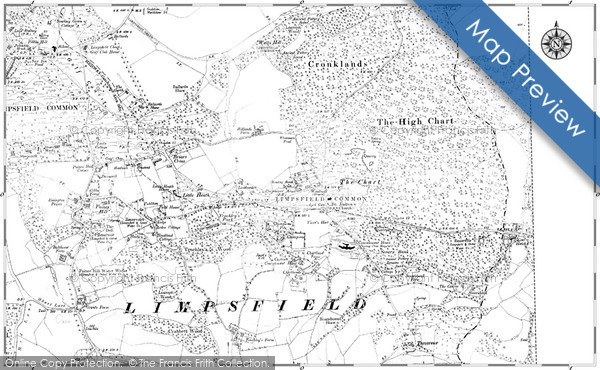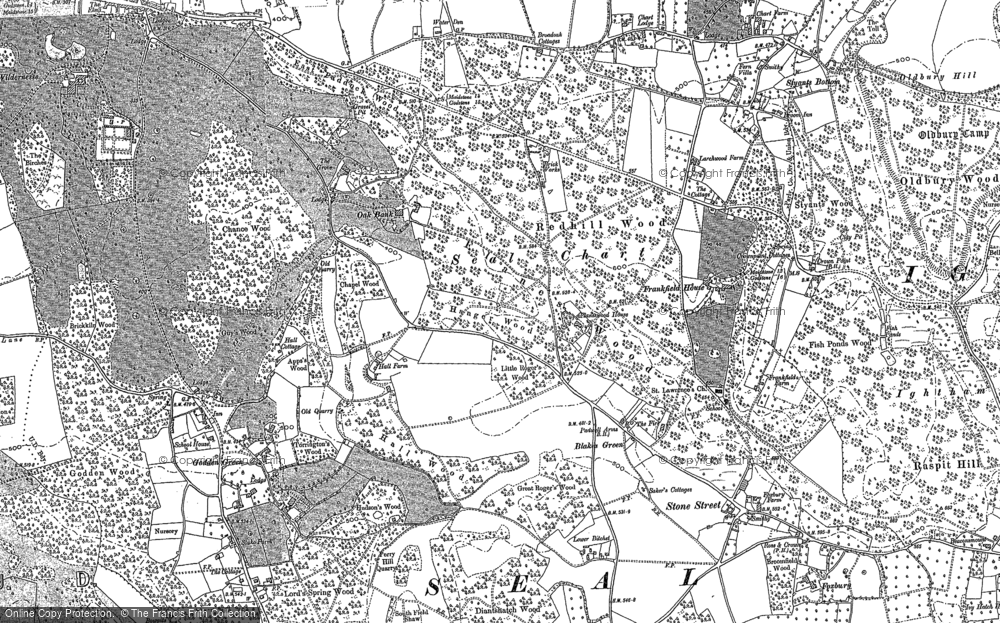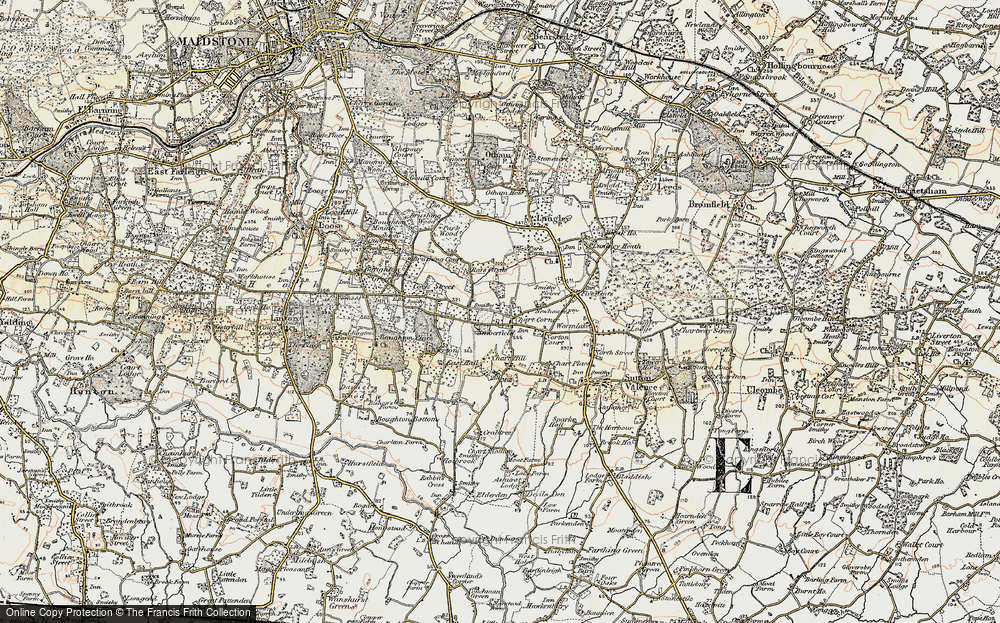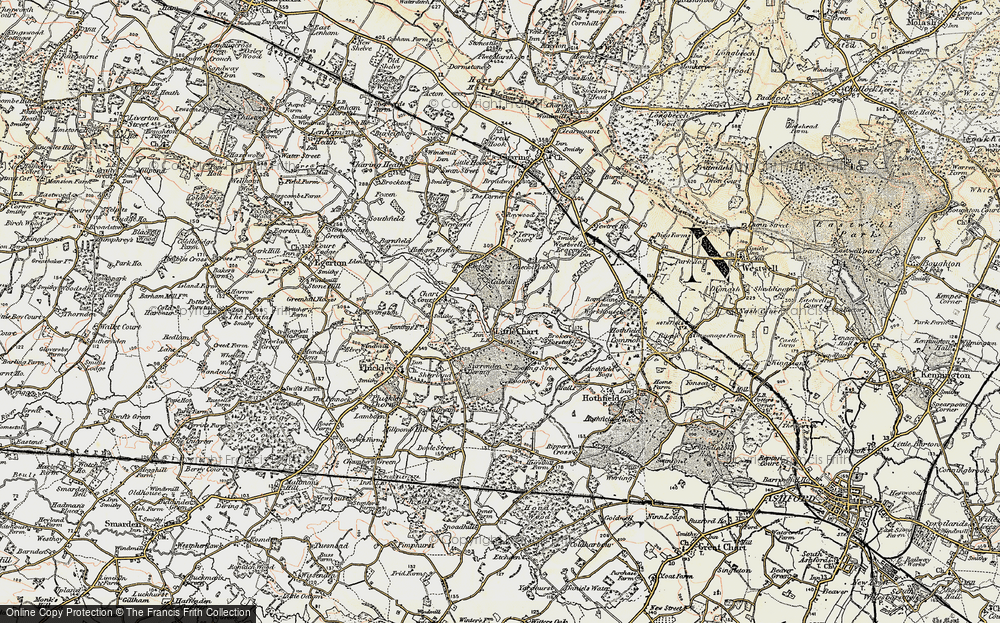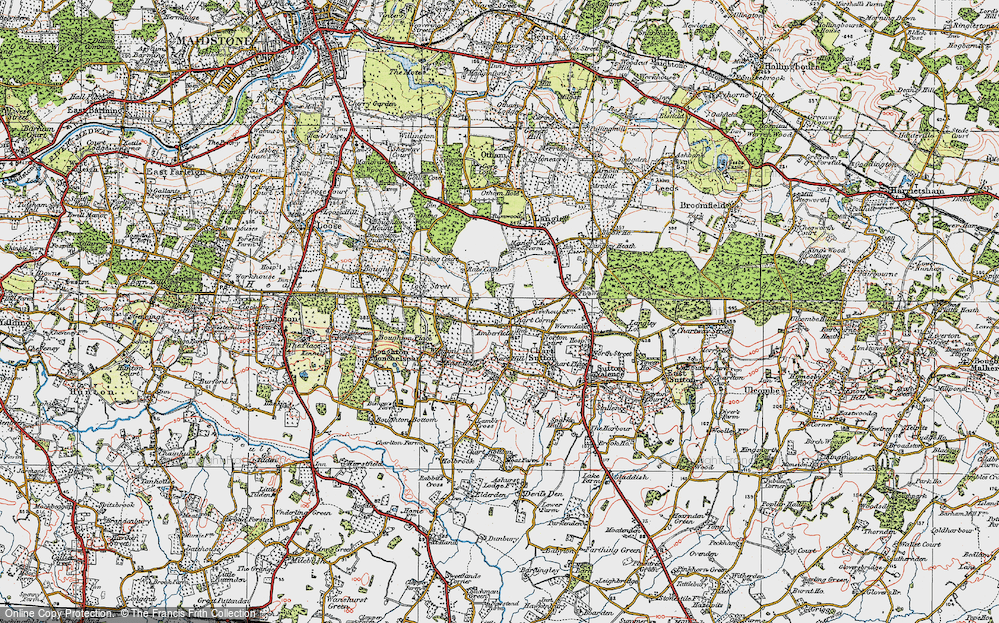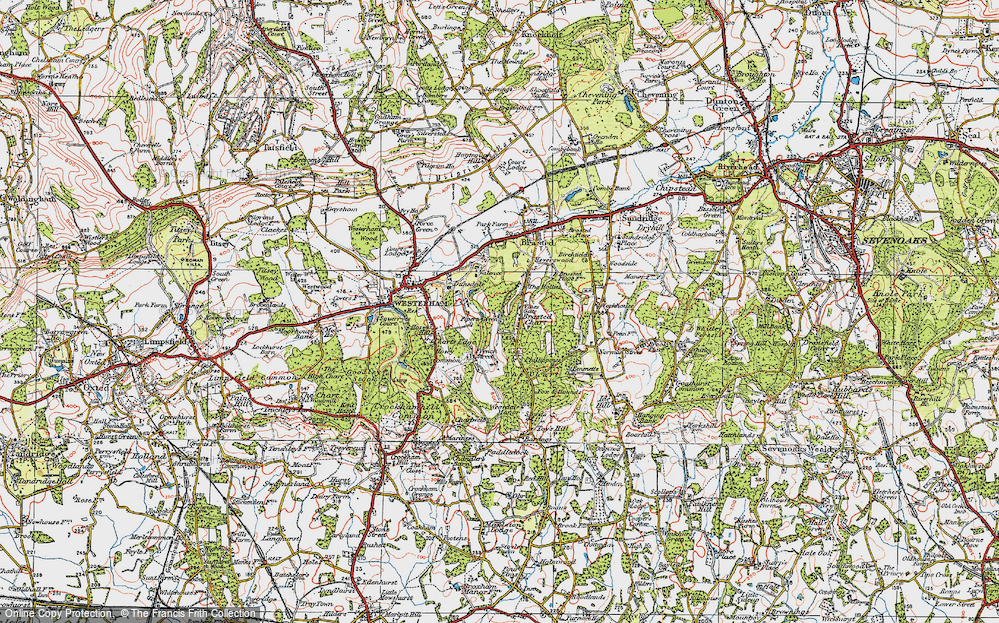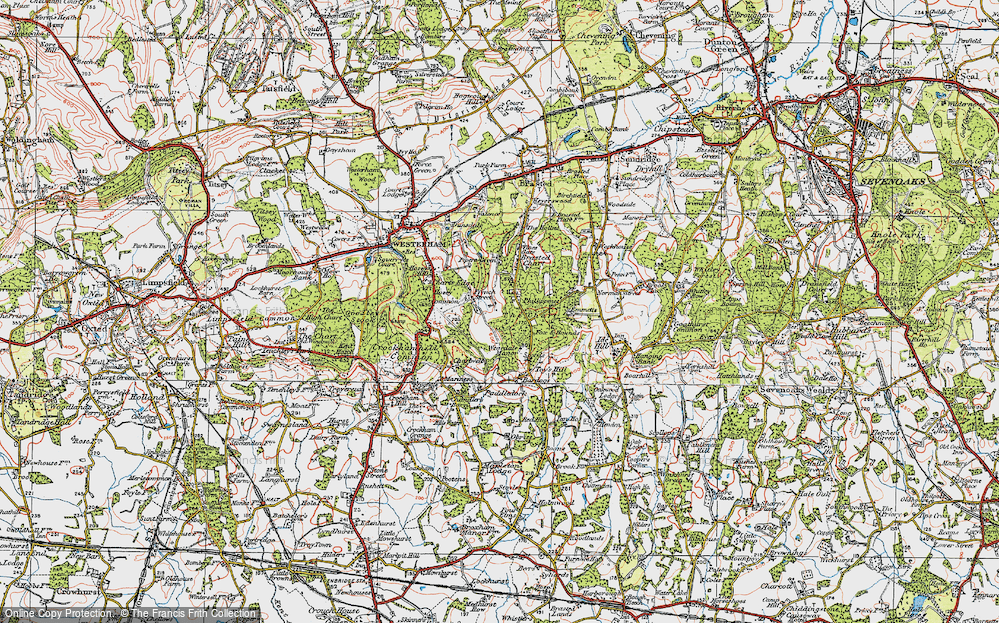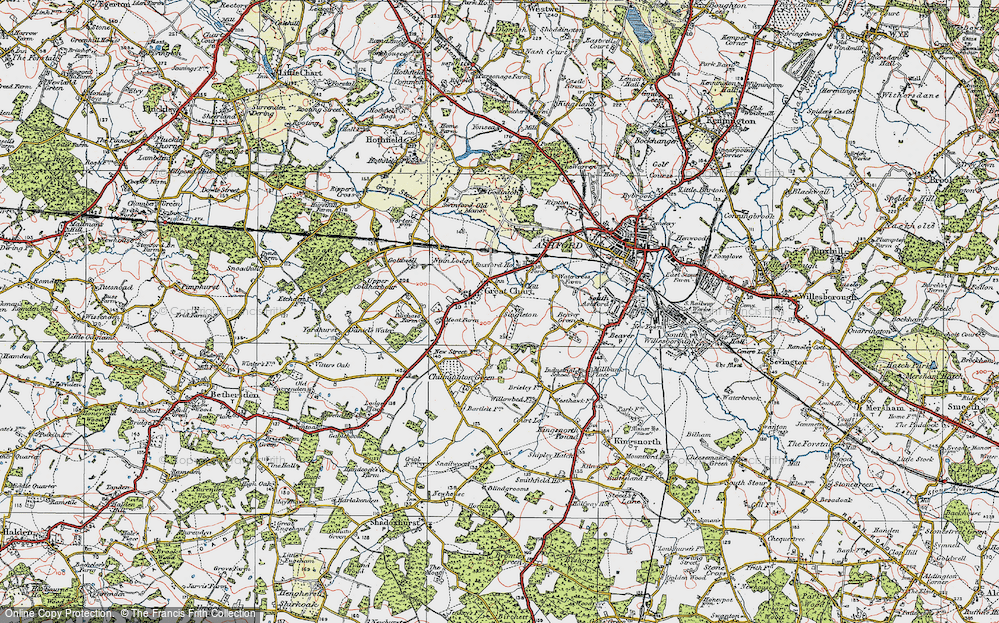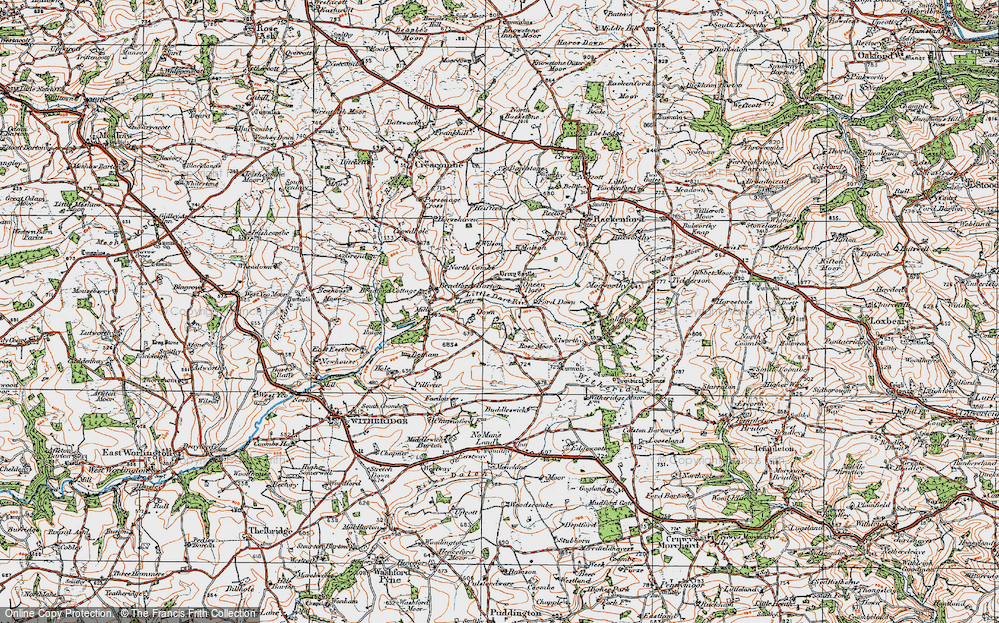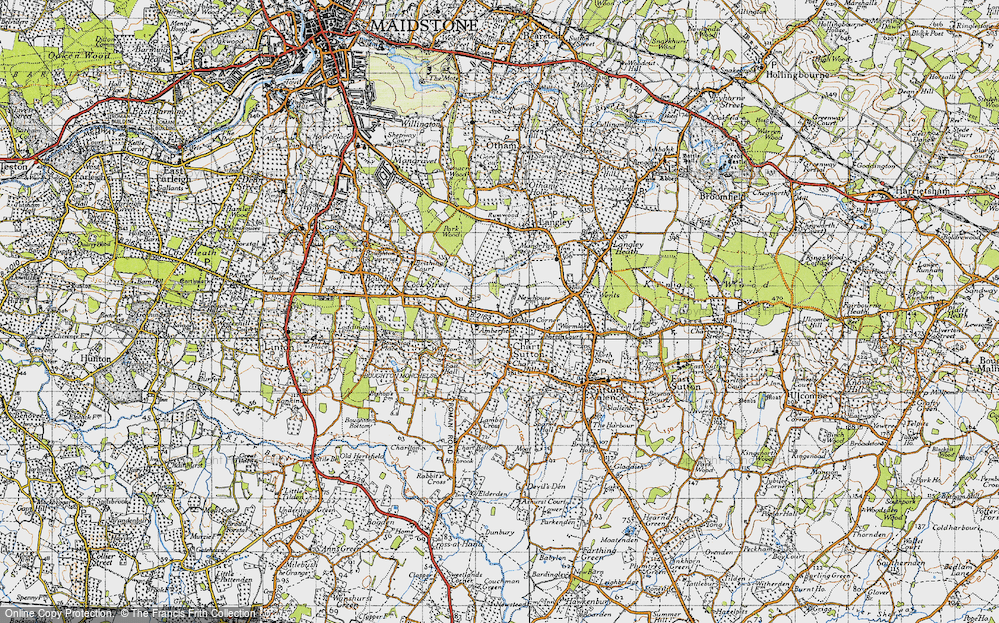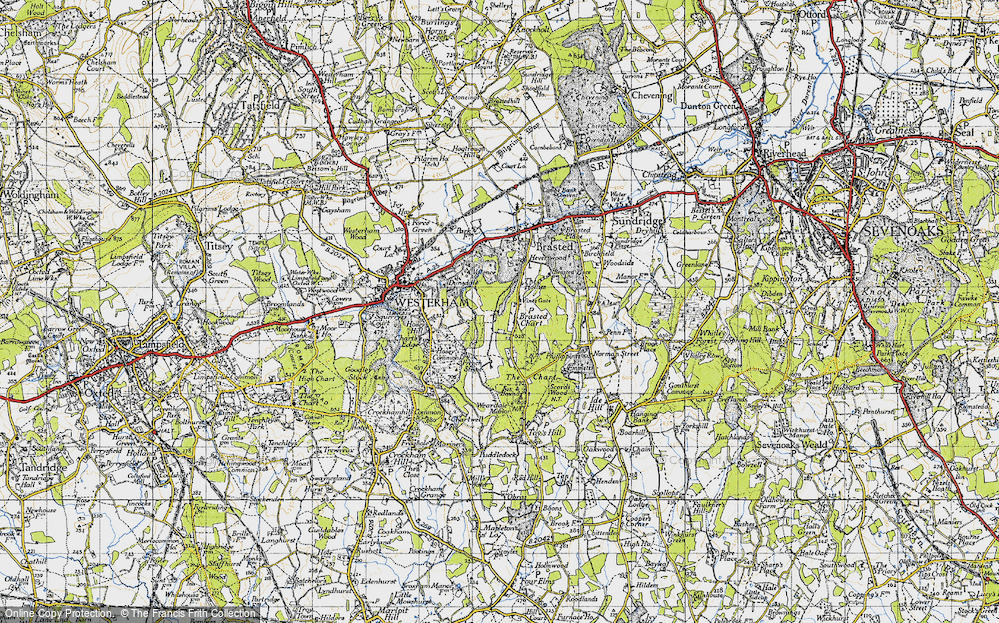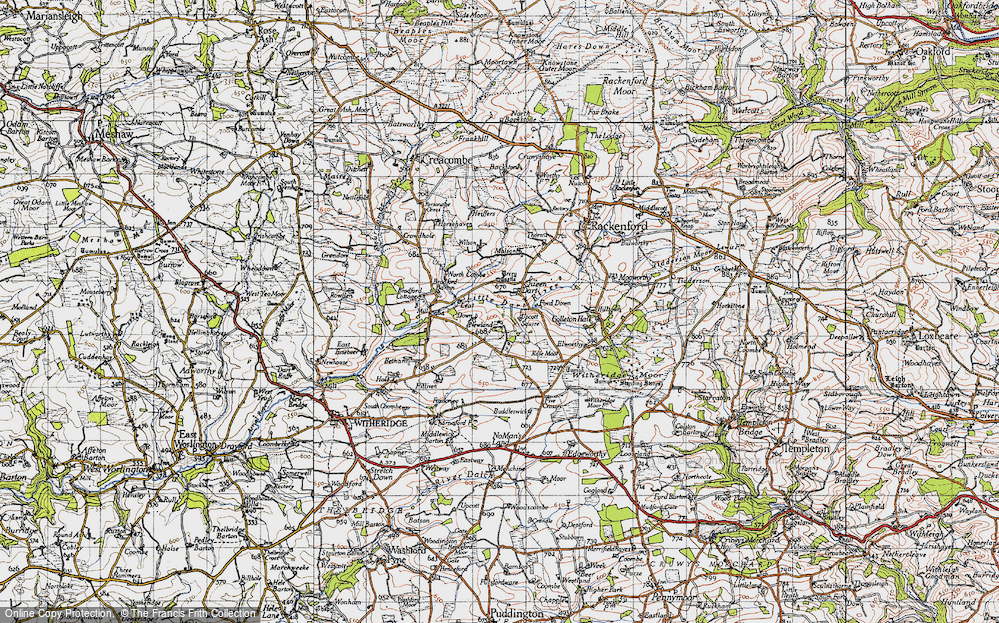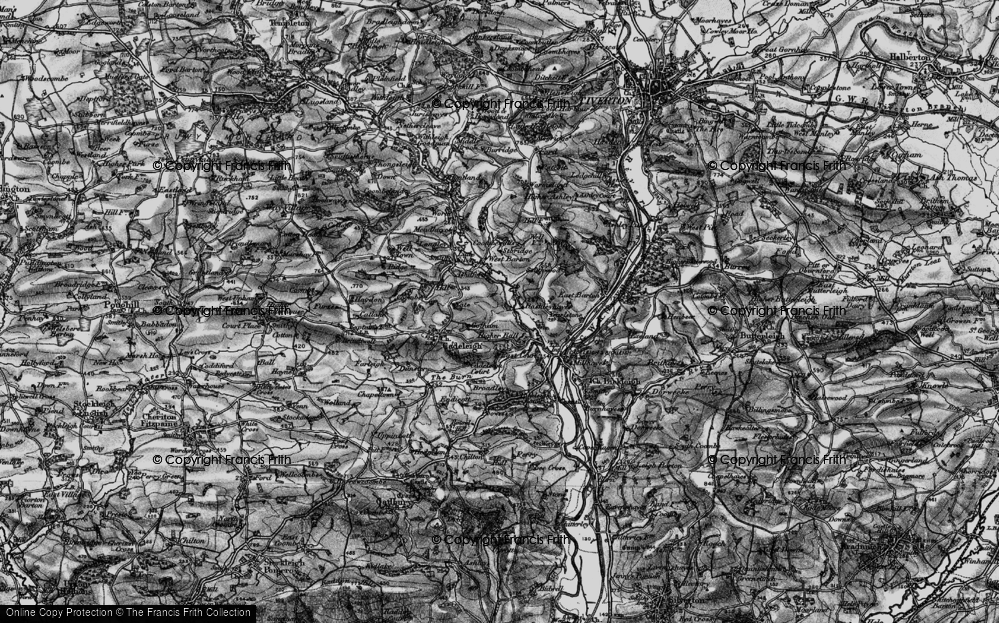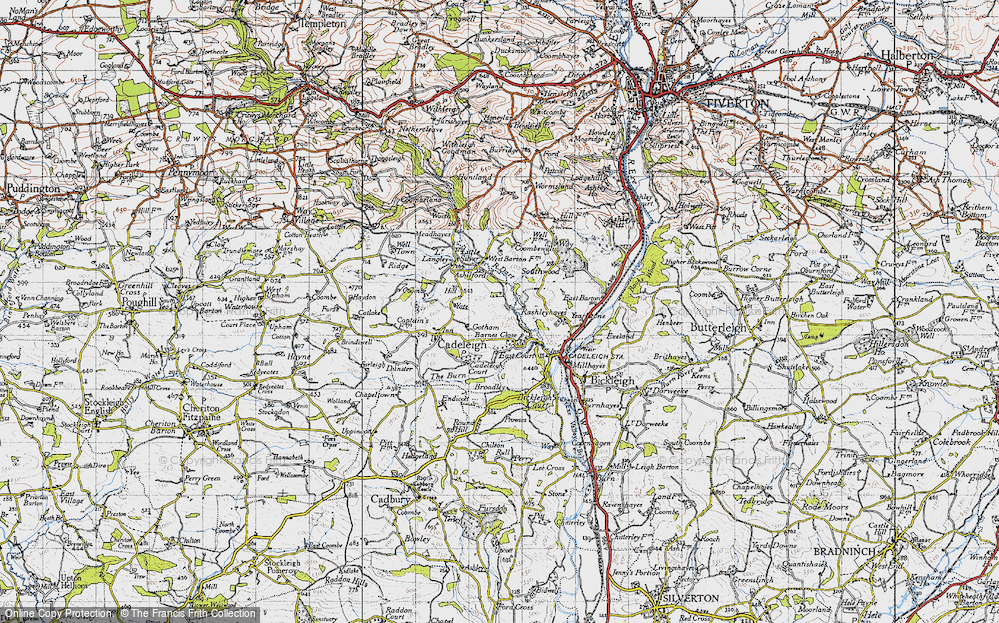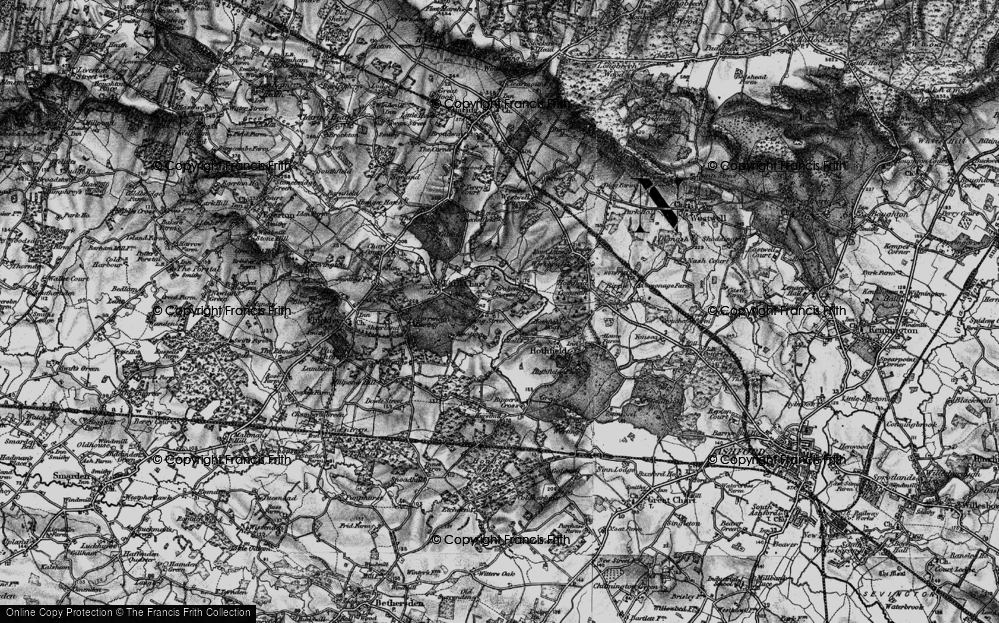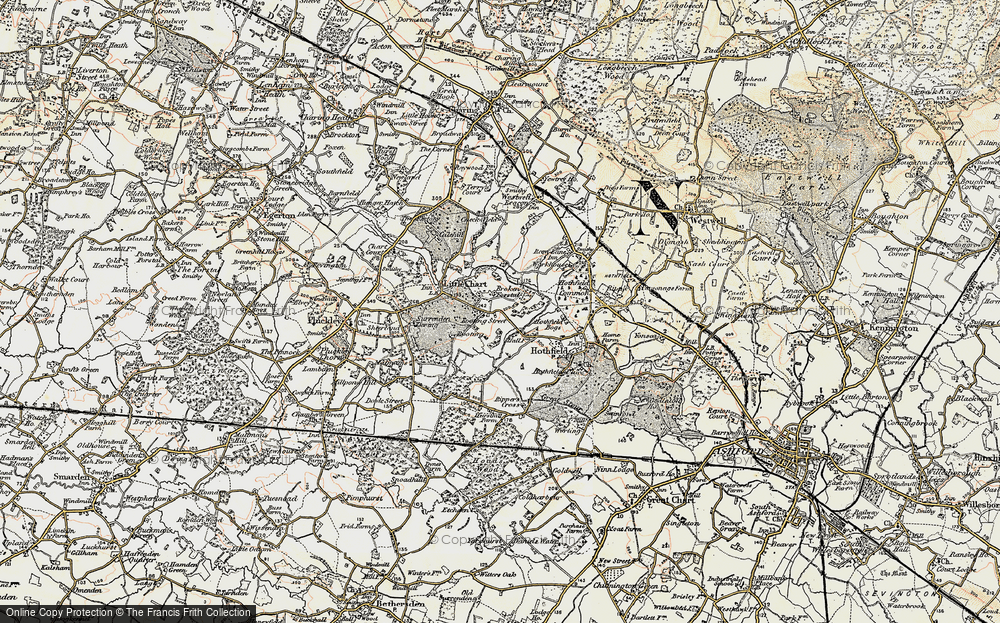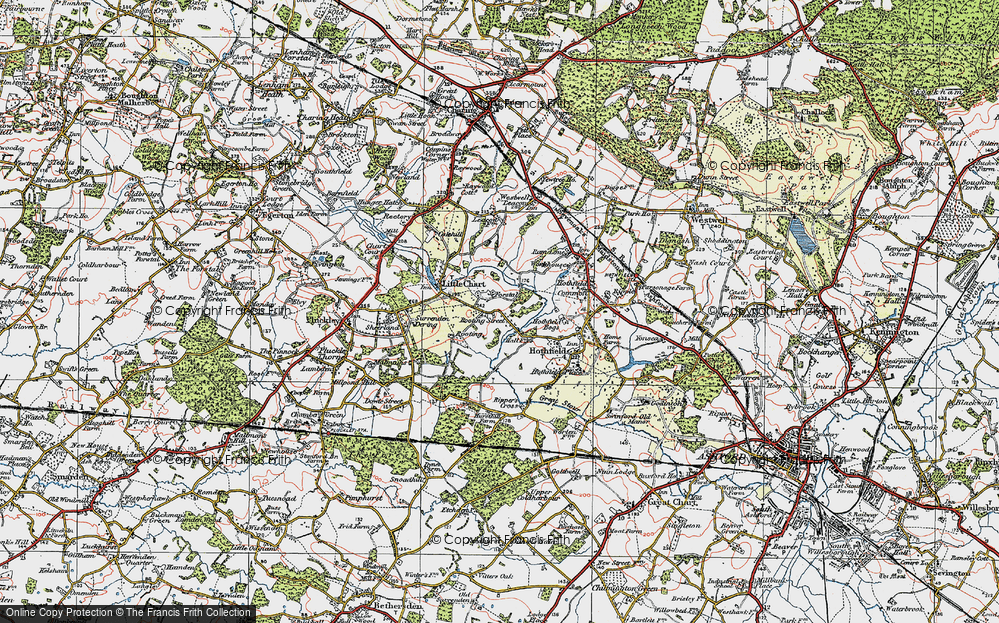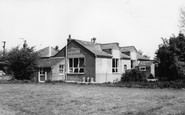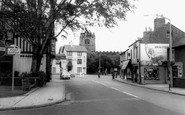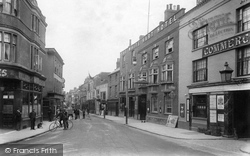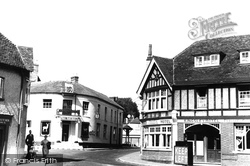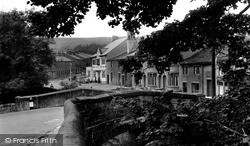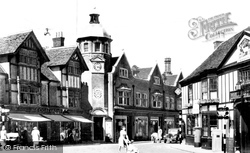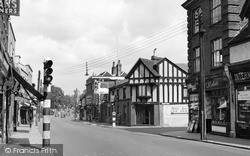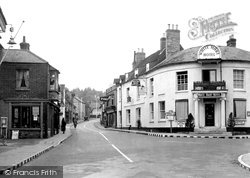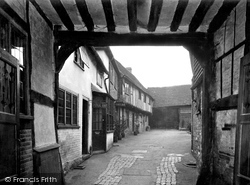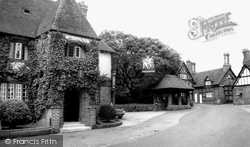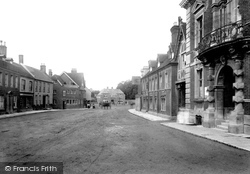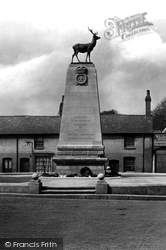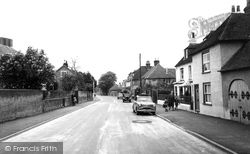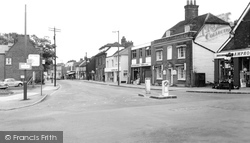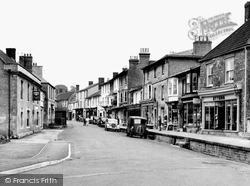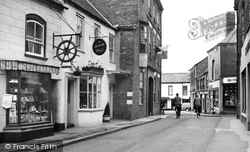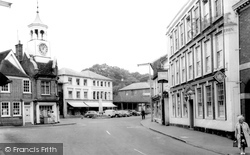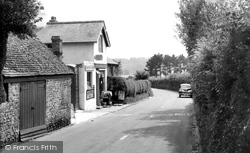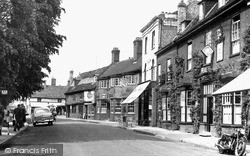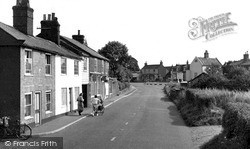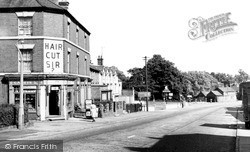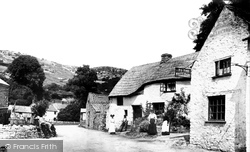Merry Christmas & Happy New Year!
Christmas Deliveries: If you placed an order on or before midday on Friday 19th December for Christmas delivery it was despatched before the Royal Mail or Parcel Force deadline and therefore should be received in time for Christmas. Orders placed after midday on Friday 19th December will be delivered in the New Year.
Please Note: Our offices and factory are now closed until Monday 5th January when we will be pleased to deal with any queries that have arisen during the holiday period.
During the holiday our Gift Cards may still be ordered for any last minute orders and will be sent automatically by email direct to your recipient - see here: Gift Cards
Places
9 places found.
Those places high-lighted have photos. All locations may have maps, books and memories.
Photos
367 photos found. Showing results 81 to 100.
Maps
99 maps found.
Books
Sorry, no books were found that related to your search.
Memories
381 memories found. Showing results 41 to 50.
Fond Memories Of Godstone
As soon as I was old enough to drive, my Dad taught me, we used to drive down to Godstone from Kenley quite often and we would go to either the Hare & Hounds or the White Hart for a beer, sometimes a meal. In my courting ...Read more
A memory of Godstone by
3 Jacks
Hi, my name is Robert Hartness l went to BRANDON/Dalziel from 1963 till 1966, l would like to hear from any.old classmates who were in 3 jacks, it's been just over 50 years since I left Motherwell and would like to hear from you. Cheers
A memory of Motherwell by
Happiest Early Days
I grew up in Elmstead Market moving there when I was 18 months old and left in 1965 when I was 8. I went to Elmstead School where Vera Norfolk was my first teacher and the headteacher was Mr Clegg. Vera's sister Muriel ran the ...Read more
A memory of Elmstead by
The Oriel, Racecourse And The Later 60 S
The racecourse was pretty much my home all my life, Kempton Avenue. Sorry, a bit of a personal ramble here mixed with my remeniscing about me to put into context; I was born in Ealing in 53 of Welsh family (5 older ...Read more
A memory of Northolt by
My Fenny Stratford Childhood
Having recently by chance spoken with someone who knew Fenny Stratford I was prompted to start looking on the internet and came across this site and for what it’s worth decided to record my memories. I was born ...Read more
A memory of Fenny Stratford by
Suntrap School. 1956 To 1961.
My name is Terry Hendy. I attended Suntrap school from 1956to 1961. I have very happy memories of the school and although away from home I was very well looked after and fed well. 1 saw the photo of Mr Brooks and Mr ...Read more
A memory of Ledbury by
Wingate
I was born 1943 in 6 Moor Lane, Wingate at my grandparents' house (Joe and Margaret(Ginny)Lee, then moved to 53 Kings Road, before moving to Trimdon Village in 1953 just after the coronation. I too have fond memories of the place. The ...Read more
A memory of Wingate in 1952 by
Lead Works
1965. Wes and me got back from the Smoke wi nought and needed a job, he got started at the leather works on Scotchy Road and I got started at the Lead Works which is now the site of the Arena. There were two sides to this place, the ...Read more
A memory of Newburn in 1965 by
School Holidays In Kinver
We had a caravan in Kingsford Lane, Kinver from 1960 to about 1963, my dad bought it from someone in Wollaston and we used to stay there all the school holidays and weekends and my dad would go to work from there to Fry's ...Read more
A memory of Kinver in 1960 by
My Home
The White Hart was my home for many years until I married. My father and mother managed the White Hart for over 25 years and are both at rest now in Cheadle parish church. I have seen many changes both in the village and the ...Read more
A memory of Cheadle in 1960 by
Captions
276 captions found. Showing results 97 to 120.
Notice that one of them, the White Hart, already boasted a public telephone.
The building on the other side is still a butcher's, but the White Hart Hotel run by Louis Zissell has closed.
The Kingsley Hotel (right), named after Charles Kingsley who often came to Whitchurch and was inspired to write of his visits to the town, is now several shop units, but The White Hart across the road
Many inns, like the White Hart (centre), originated to serve the passing trade.
The White Hart has changed little over the years, but the imposing clock tower, and the shops to its right, have now been replaced by a large modern store.
Here the photographer has moved closer to the White Hart, with its dominant sign. The painted traffic light supports would be hard to miss, but they are set very near to the edge of the kerb.
One of the best Georgian buildings is the White Hart Hotel with its rounded corner. To the north-west of the centre is the church of All Hallows, where parish rooms were added in 1974.
The Red Hart yard in 1931. The public and private bars are on the left. The barn at the end of the yard has been demolished, but otherwise there has been little change.
A beamed and peg tiled old court house still stands in the main street not far from the White Hart pub, right.
Yet there is hardly a house that would need a close look'.
The work of possible architect John Hart on Bristol's St Stephen's Church is remarkably similar but stylistic details are also shared with the Jasper Tower of Llandaff Cathedral.
On the right hand side of the High Street is the White Hart Inn. It was probably here that the Duke of Monmouth was brought as a prisoner following the crushing of his rebellion in 1685.
Designed by Sir Aston Wenn and surmounted by a hart sculpted by Alfred Drury, it is built of Portland stone.
From the White Hart pub to the castle there are a variety of Georgian red brick properties. There is a small green where an oak tree was planted marking the 1935 Jubilee.
The high-roofed White Hart, along the road, survives to this day.
In this view the photographer looks along Fore Street past The White Hart; on the opposite side of the road there is a raised pavement.
The arched entrance to The White Hart (centre) reminds us that this inn, along with others in the town such as The Berkeley Arms, rang to the clatter of hooves in the days of horse- drawn coaches.
Straight ahead is the White Hart, an 18th-century colour-washed brick building. Still trading, it has toothed eaves and an old tiled roof.
All the main roads converge here, and Ampthill's history as a coaching stop is still visible in the form of the White Hart hotel on the right of this picture.
A secluded village in the middle of the Downs near the Hampshire border, south of Harting. There is a fine Neolithic long barrow on Telegraph Hill, which is 534 feet high.
The White Hart (centre) was rebuilt after a fire in 1910. The plastered building was Judkin's, which is now part of the pub.
At the junction of the A12 and B1177 (centre right) is an advertisement for the Spread Eagle Hotel, kept by George Zessel, whose father had the White Hart at Wickham Market.
Below it was yet another inn, the White Hart. The building to the right was George Green's smithy, and is now the site of the A45 for Northampton.
The lane leads to the White Hart, which does remain, but it is out of picture round the corner.
Places (9)
Photos (367)
Memories (381)
Books (0)
Maps (99)


